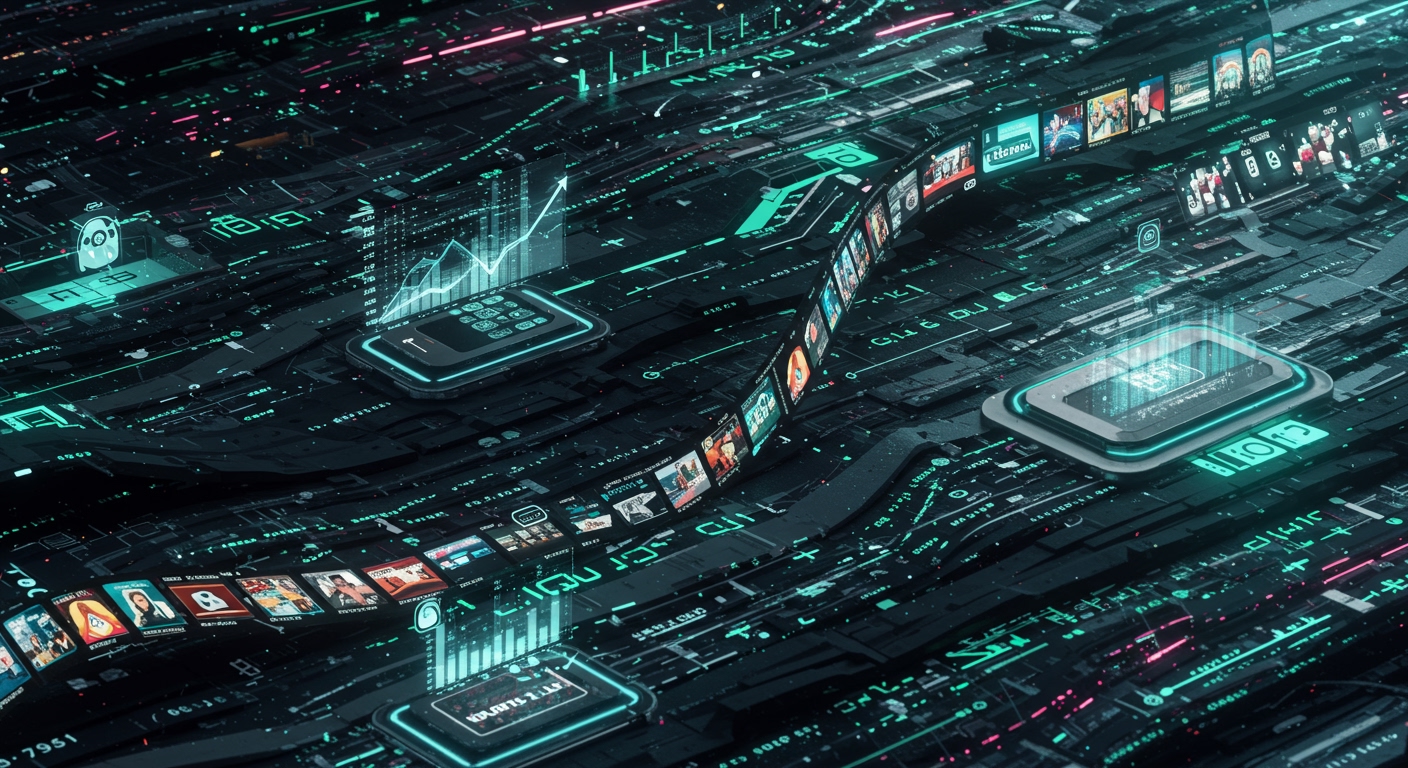The artificial intelligence landscape continues its rapid evolution, with the week concluding on July 4, 2025, bringing forth a series of significant announcements from leading technology firms. Developments spanned innovations in developer tooling, advanced creative media generation, new consumer subscription models, and substantial user growth in AI assistants, underscoring the diverse and expanding applications of AI technology.
Claude Code’s Precision Workflow Automation
Among the key announcements was Claude Code’s introduction of its new Hooks functionality. This feature is described as a deterministic control system designed to automate critical tasks within coding workflows. By allowing developers to automatically trigger actions such as code formatting, test execution, or logging at predefined stages, the Hooks functionality aims to significantly improve predictability and reliability in the software development process. This move by Claude Code signals a focus on enhancing the practical, day-to-day efficiency for developers working with AI tools, potentially streamlining complex project pipelines and reducing manual overhead in quality assurance and monitoring.
Google DeepMind Launches Advanced Video Generation
In the realm of creative AI, Google DeepMind marked a major milestone with the global launch of its Veo 3 video generation model. This advanced model is now available to subscribers of Google AI Pro and Ultra tiers. According to reports, Veo 3 sets new standards in the field, offering high-definition (HD) output and achieving perfect audio-visual synchronization. Beyond basic generation, the model includes advanced creative tools, providing users with greater control and flexibility in producing sophisticated video content. The global rollout of Veo 3 to premium Google AI members indicates a strategic push to empower professional creators and businesses with cutting-edge generative video capabilities, likely impacting various sectors from entertainment to marketing.
Perplexity Introduces Premium Max Subscription Tier
Aligning with the trend of AI companies exploring tiered access models, Perplexity announced a new high-level subscription plan: Perplexity Premium Max. This plan is priced at $200 per month or $2,000 annually. Subscribers to the Premium Max tier gain unlimited access to Perplexity Labs, an environment likely used for experimenting with cutting-edge or experimental features. Furthermore, the plan offers early access to upcoming features, specifically mentioning the anticipated AI browser Comet, and provides priority support. This pricing structure and feature set suggest Perplexity is targeting a segment of users requiring advanced capabilities, priority service, and early access to future innovations, potentially power users, researchers, or enterprise clients.
Amazon’s Alexa+ Surpasses One Million Users
Amazon’s upgraded AI assistant, Alexa+, demonstrated significant traction in the consumer market. The company announced that Alexa+ has surpassed 1 million registered users since its beta debut in February 2025. The assistant is currently available for free during its ongoing beta phase, allowing a broad user base to experience its enhanced capabilities. Looking ahead, Amazon has outlined its plan for Alexa+: it is slated to become a perk for existing Prime members, while non-Prime users will be charged a monthly fee of $19.99 after the public launch. Reaching the million-user milestone in just a few months underscores strong initial interest in Amazon’s revamped AI assistant offering, positioning it as a notable player in the increasingly competitive AI assistant space.
Taken together, the developments from Claude Code, Google DeepMind, Perplexity, and Amazon during the week of June 28 to July 4, 2025, highlight the multifaceted nature of current AI advancement. From improving developer productivity and pushing the boundaries of creative media generation to refining business models through premium subscriptions and achieving rapid user adoption in mass-market products, the pace of innovation across the AI ecosystem remains exceptionally high.





